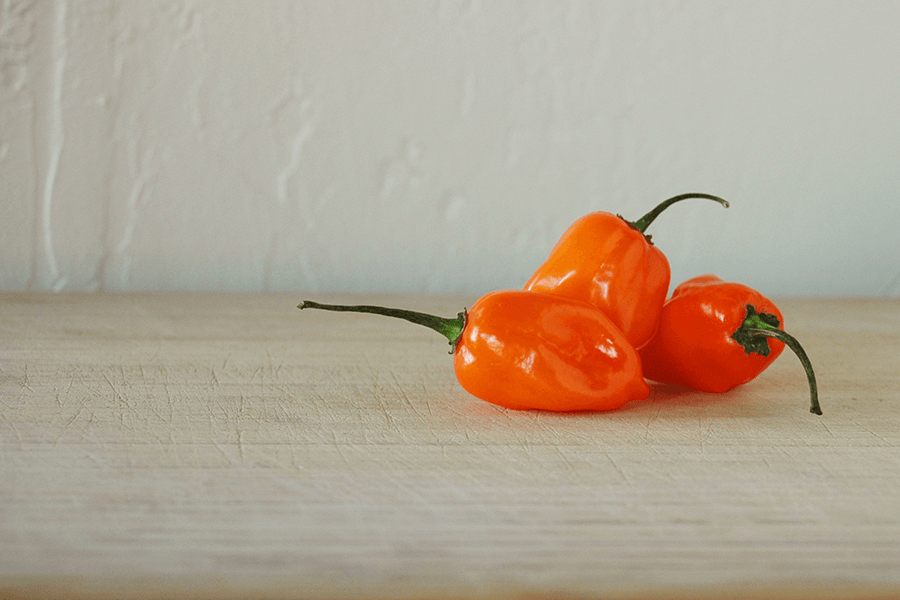
By Eva Medcroft, Editor of NewMexicoHomeSearch.com
If you're like me, you spend a "little time" looking at home design ideas on HGTV, DIY, Pinterest, Houzz and more. And, you may have noticed that all the latest designs nationwide seldom use textured walls.
Before we show you how to repair your textured walls, we woul like to introduce you to the most common textures so you can sound like a pro when you go to your favorite home improvement store for supplies – or when you hire a pro if DIY textured walls are not your thing.
To learn more about how you can replicate this technique, click on the image to go to DryWallSchool.com for in-depth DIY tutorials and videos.
1. Knock-Down
One of the most common textures is called knock-down. It may also be referred to as skip trowel, California knock-down or drywall knock-down. Click here to learn how to do knock down.

2. Swirl
This common texture is also called Sand Swirl and Perlite Swirl. this technique looks like a plaster Kal-Koat. Click here to learn how to do the swirl texture technique.
3. Perlite
This texture is also called sand texture. It can be sprayed on, put on with a brush or paint roller, or applied with a hopper gun.Click here to learn more about perlite.
4. Popcorn
Also called cottage cheese or acoustic, this texture is normally used as a ceiling texture and in commercial applications. The latest trends are to remove rather than apply popcorn ceilings. If you need to repair or remove popcorn ceilings, you may want to consult a professional. Some popcorn ceiling material were known to contain asbestos well into the 80s.*

5. Crowsfeet
This texture is also called slap brush, panda paw and stomped texture. Click here to learn this technique.

6. Spanish Texture
This texture is also known as Spanish knife or drywall texture. Click here to learn this technique.
7. Orange Peel
This texture is also called eggshell and splatter. Since the 80's this texture has come to replace the popcorn texture since it is easier to clean and to paint. Click here to learn more about this technique.

While texturing an entire wall or ceiling can be complicated and require specialized tools, patching a small or large hole is relatively easy and typically only requires a few special mud knives or rollers.
Related Links
- NewMexicoHomeSearch.com
- Mike Bell's Drywall School
- Cured Earth (Adobe Architecture) - New Mexico True Stories
***
Copyright notice: This article can be reprinted by GAAR and RANM members with proper attribution and links included. The main blog image may not be reprinted, but can be purchased for your use from Getty Images. The remaining images may be reprinted with an attribution and link to Mike Bell's Drywall School.

















Comments